From stringent regulations to changing consumer tastes, why are some cars kicked to the curb in America?
1. Regulatory Non-Compliance

Image Credit: Shutterstock / Monkey Business Images/
Models like the 1999 Nissan Skyline were banned in the U.S. due to non-compliance with emissions and safety regulations, blocking their path to domestic fame.
2. Import Restrictions

Image Credit: Shutterstock / SynthEx
Strict U.S. import laws prevent cars like the newer Alfa Romeo models from entering the market without substantial modifications, limiting their presence.
3. High Emission Levels

Image Credit: Shutterstock / Sparkus design
Cars like the older models of the Volkswagen Beetle are phased out due to their high emissions, conflicting with growing environmental standards.
4. Lack of Safety Features

Image Credit: Shutterstock / Attapon Thana
Vehicles from certain international markets lack standard U.S. safety features like multiple airbags, leading to their exclusion, such as some models of the Tata Nano.
5. Market Misalignment

Image Credit: Shutterstock / G. Jack’o Berger WWP
European compact cars often struggle in the U.S. due to American preferences for larger vehicles, as seen with the Fiat 500’s withdrawal from the market.
6. Economic Unviability

Image Credit: Shutterstock / Simlinger
Exotic sports cars with high upkeep costs, such as the Lamborghini Murcielago, face economic hurdles that limit their viability in the American market.
7. Manufacturer Withdrawal

Image Credit: Shutterstock / Stanislaw Tokarski
Poor sales led brands like Suzuki to withdraw entirely from the U.S. market, discontinuing models like the Kizashi before they could gain traction.
8. Excessive Complexity

Image Credit: Shutterstock / Berthold Werner
The Citroën DS, though beloved for its innovation, was too complex for most American mechanics, hindering its adoption and maintenance.
9. Legal Litigations

Image Credit: Shutterstock / Ulf Wittrock
Cars involved in significant lawsuits, such as certain Audi models during the unintended acceleration scandal, often see their reputations and sales plummet.
10. Overlapping Offerings

Image Credit: Shutterstock / Scharfsinn
General Motors’ saturation of similar models under different brands led to consumer confusion and the eventual phasing out of several models.
11. Historical Failures
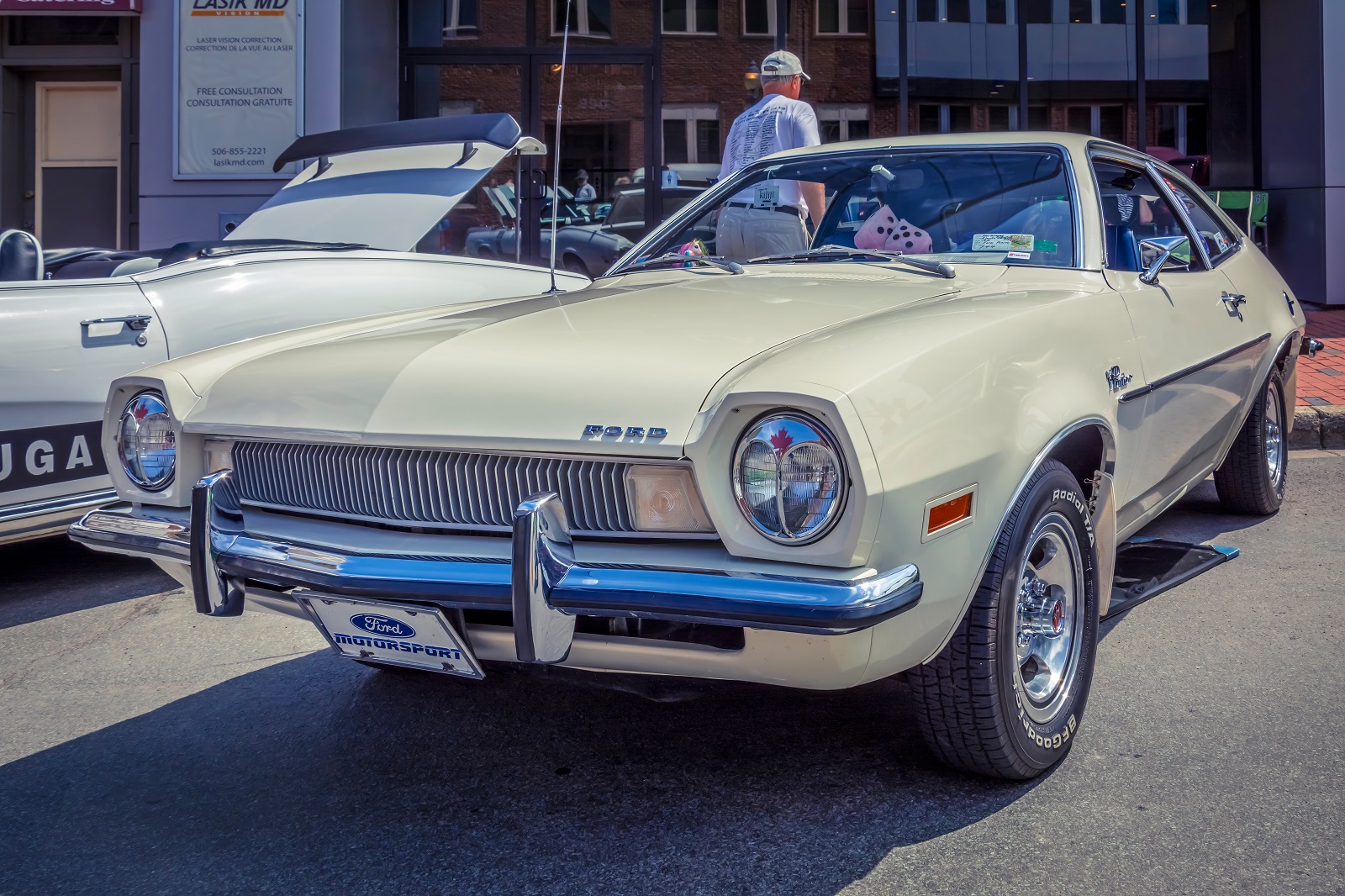
Image Credit: Shutterstock / Ken Morris
The Ford Pinto, plagued by safety scandals, became a notorious example of a model banished from potential classic status due to negative history.
12. Technological Obsolescence
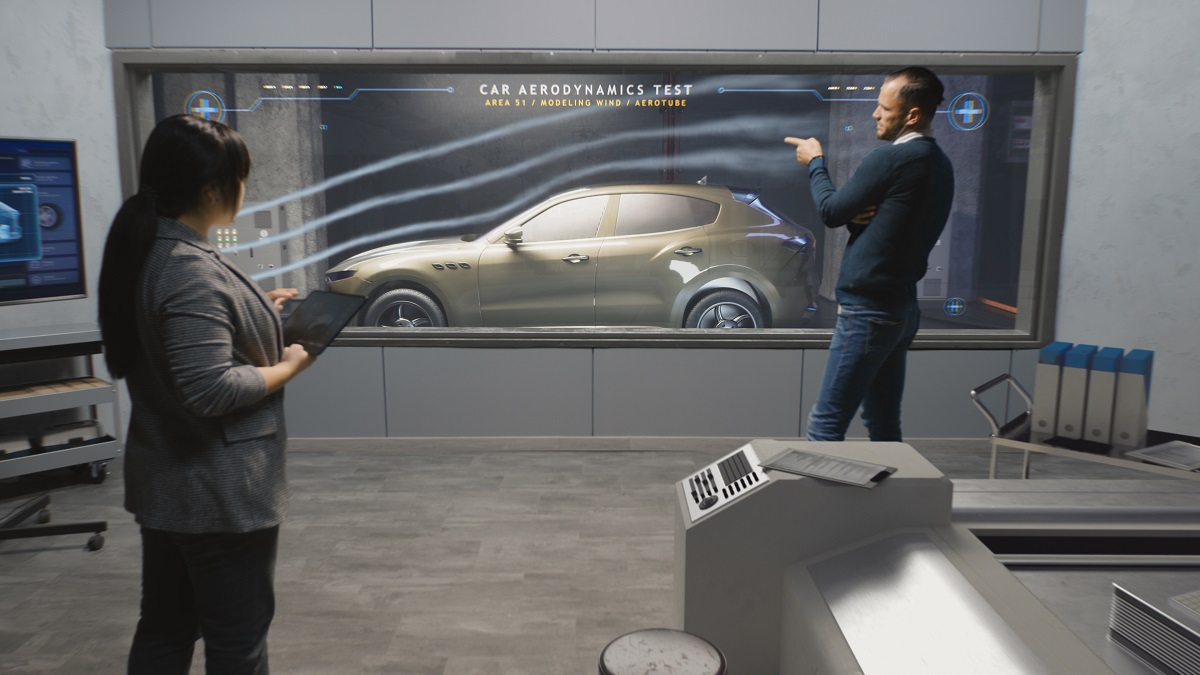
Image Credit: Shutterstock / Frame Stock Footage
Rapid advancements can overshadow models like early electric cars, which lack the range and power of newer iterations.
13. Insufficient Consumer Demand
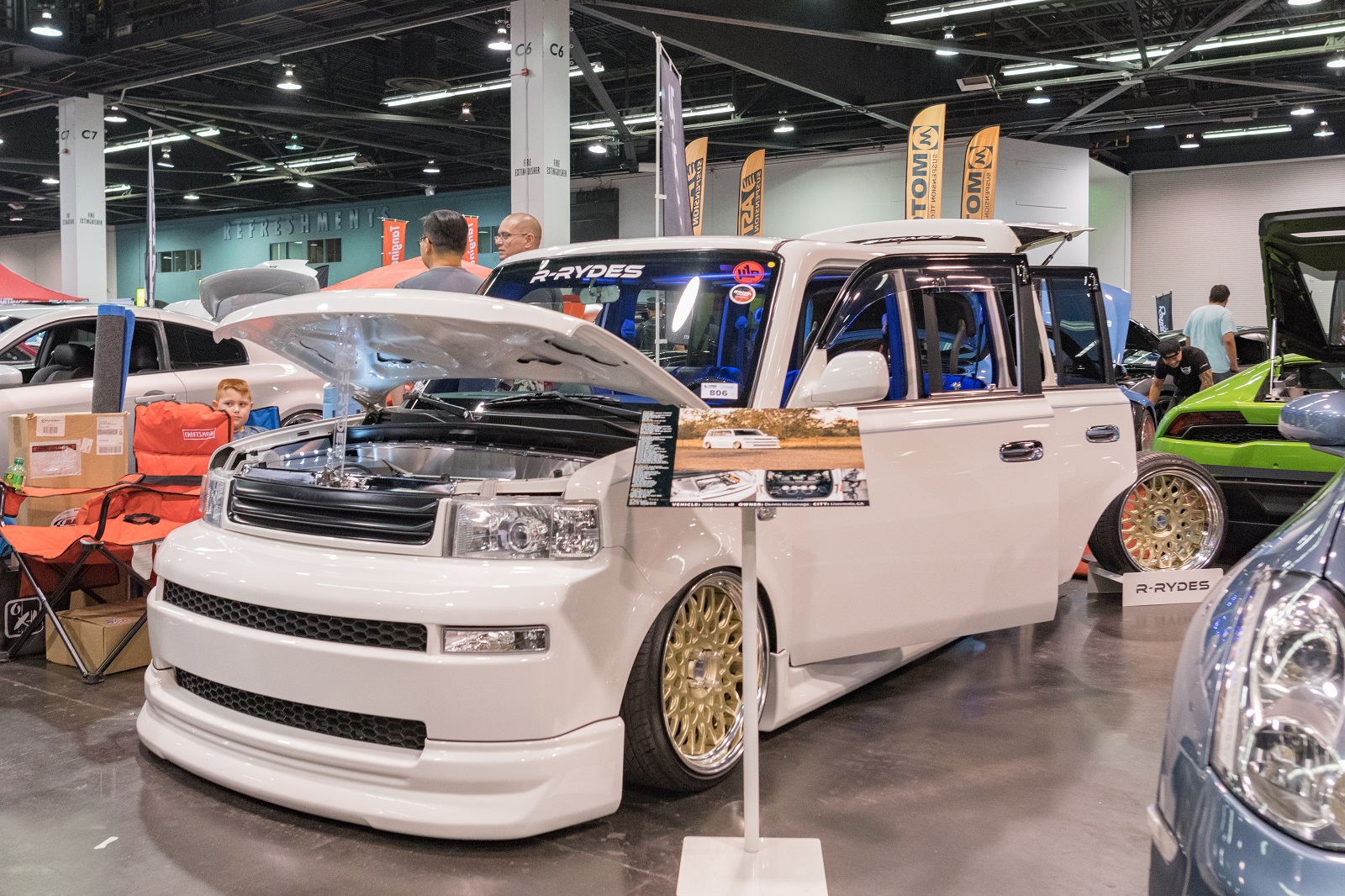
Image Credit: Shutterstock / betto rodrigues
Cars like the Scion xB, despite initial popularity, saw demand wane due to changing consumer tastes and market dynamics.
14. Exotic or Illicit Features
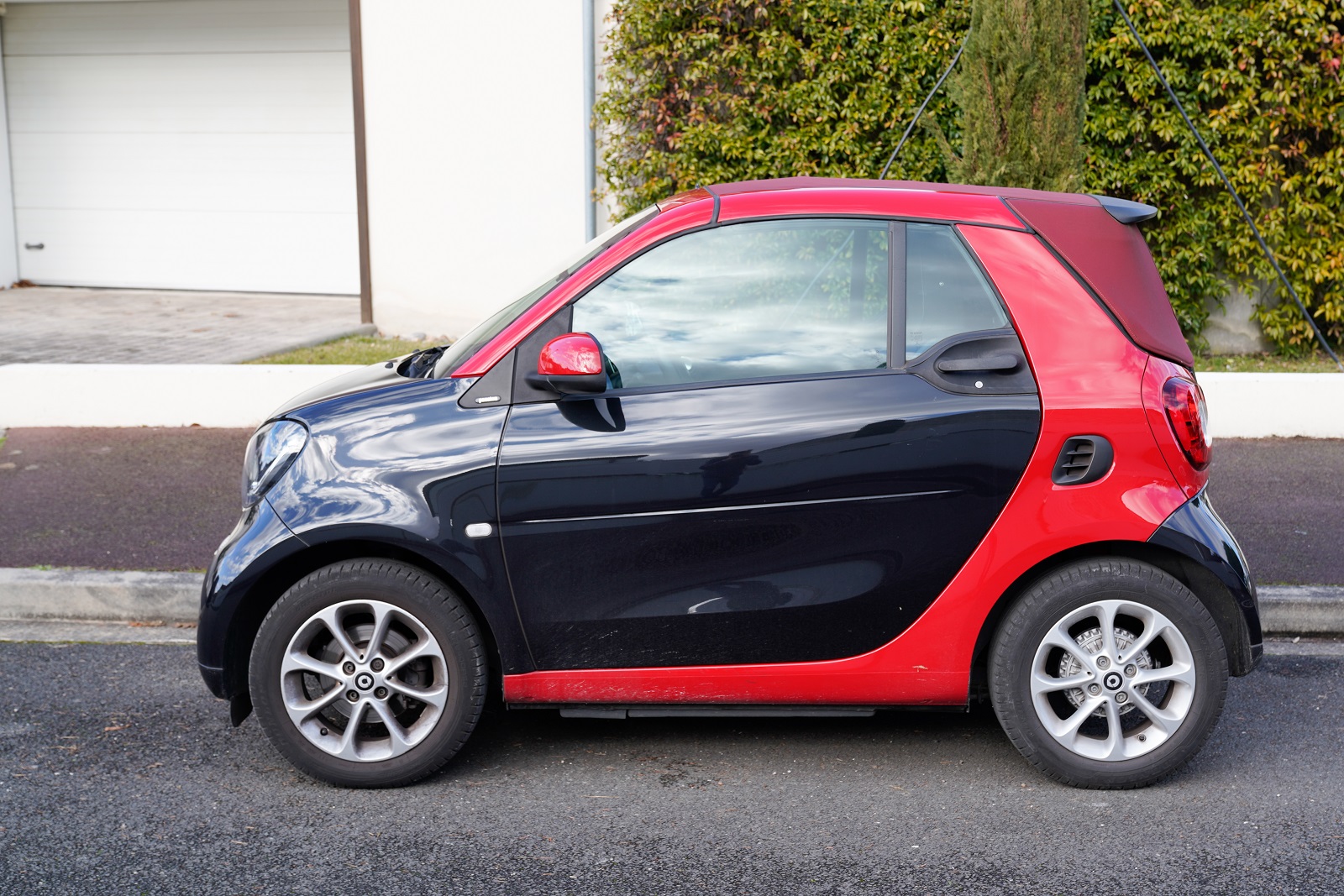
Image Credit: Shutterstock / sylv1rob1
Certain car features attractive in Europe, like very small engines or narrow frames, fail to meet American safety or performance expectations.
15. Trade Disputes

Image Credit: Shutterstock
/ Engineer studio
Ongoing trade disputes can restrict certain foreign cars, like some Chinese-manufactured models, from entering the U.S. market.
16. Insurance Cost Issues

Image Credit: Shutterstock / Korawat photo shoot
High insurance premiums for sports cars, especially those prone to theft like the Dodge Charger, can deter potential owners.
17. Fuel Inefficiency

Image Credit: Shutterstock
/ Joe Seer
The Hummer lineup, known for its poor fuel economy, has fallen out of favor as fuel efficiency becomes a priority for American consumers.
18. Cultural Misunderstandings
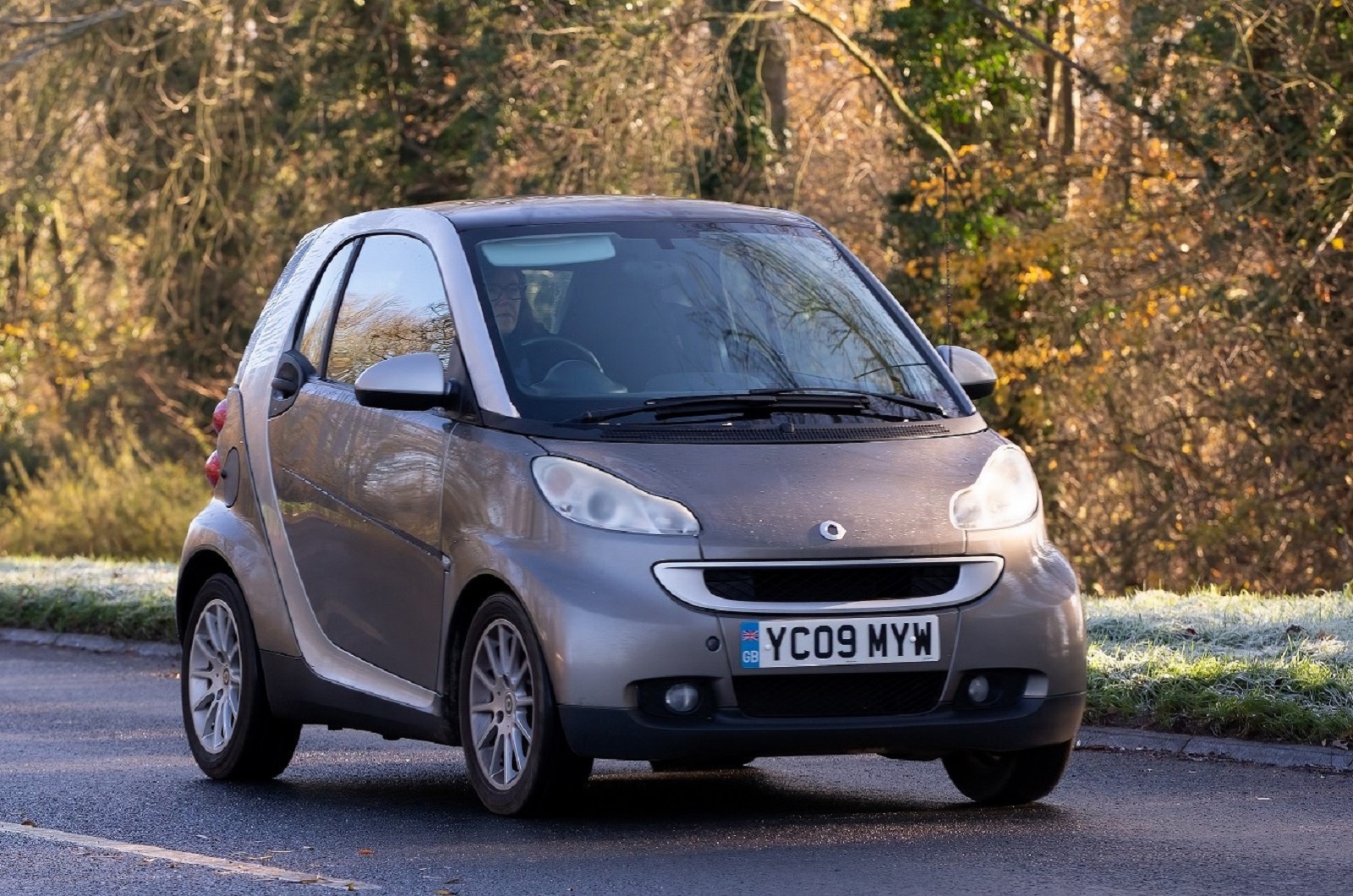
Image Credit: Shutterstock / Sue Thatcher
Models like the Smart ForTwo struggle in the U.S., where their small size and limited utility clash with American preferences for larger, more versatile vehicles.
Contemplating Forbidden Wheels

Image Credit: Shutterstock
/ Prostock-studio
The road to acceptance in the American car market is fraught with regulatory, cultural, and practical challenges. As we consider the cars that have been banned or phased out, it’s clear that not every model designed for global appeal fits the unique American landscape. What lessons can we learn from these automotive misfits, and how can they inform future car designs and marketing strategies?
2024’s Most Anticipated Car Releases: What’s Coming Soon

Image Credit: Shutterstock / canadianPhotographer56
If you love cars, 2024 is shaping up to be an exciting year. New models are rolling out with more power, better tech, and some fresh designs that could change the game. Here’s the scoop on the top cars hitting the streets soon. 2024’s Most Anticipated Car Releases: What’s Coming Soon
21 Mods That Make Your Car Illegal

Image Credit: Shutterstock / macondo
Car modifications can enhance style and performance, but not all modifications are legal. Here are 21 illegal car modifications that can get you in trouble with the law across various states. 21 Mods That Make Your Car Illegal
10 American Classic Cars That Define a Generation
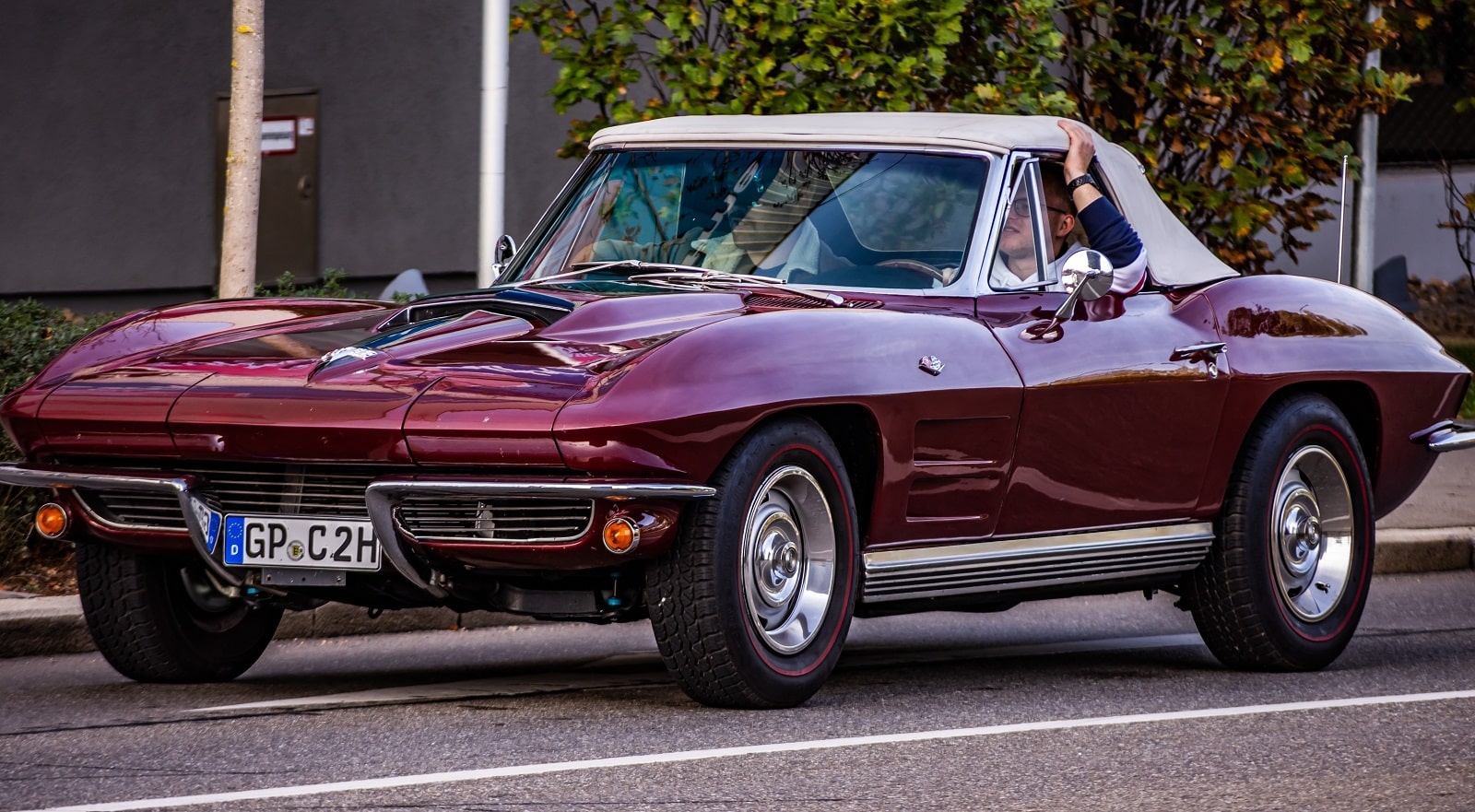
Image Credit: Shutterstock / Krisz12Photo
American classic cars are symbols of their eras, each telling a story of its time and capturing the essence of car culture. Here are ten classics that defined generations. 10 American Classic Cars That Define a Generation
Featured Image Credit: Shutterstock / Gorodenkoff.
For transparency, this content was partly developed with AI assistance and carefully curated by an experienced editor to be informative and ensure accuracy.



